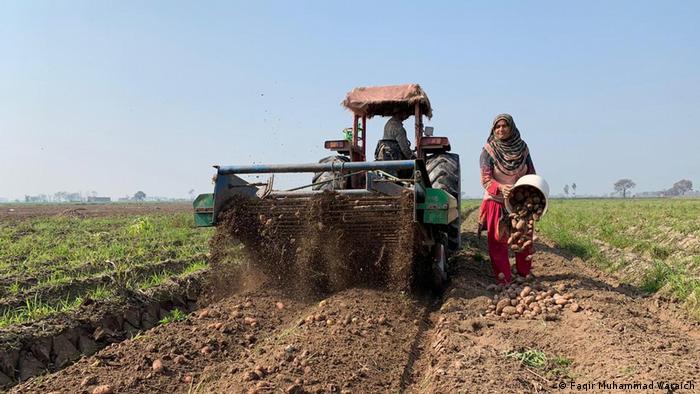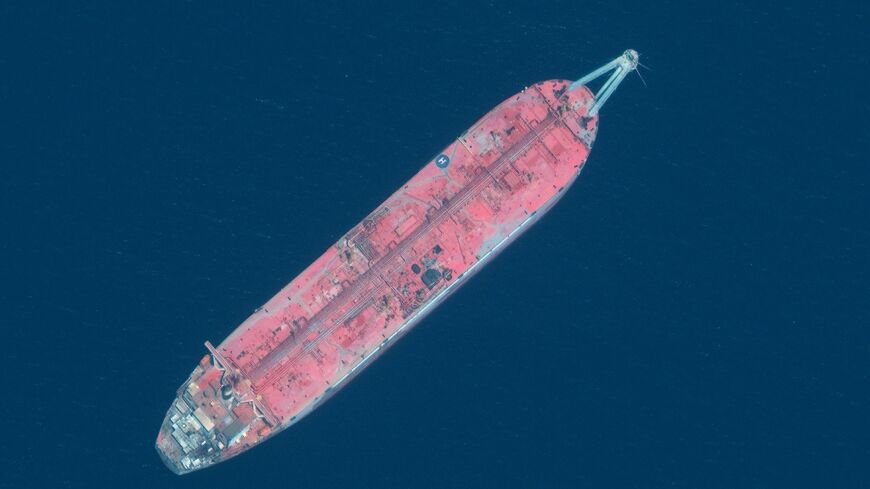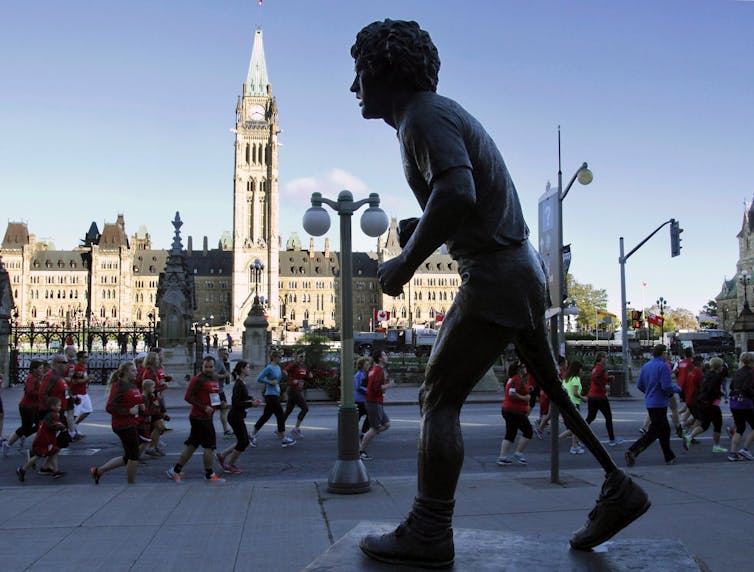Three workable solutions to environmental problems
Shifting seasons, burning forests and cities so loud they're making us sick and harming birds. We look at three environmental problems and how they can be solved.
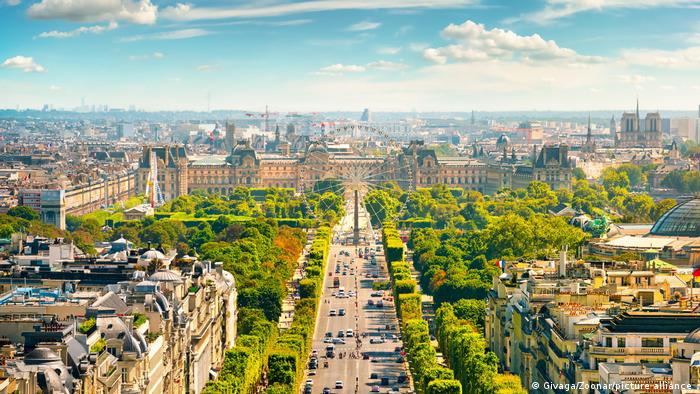
Making cities greener is one way to help reduce noise pollution
The constant din of cities is bad for our health. That's one conclusion of a UN report published Thursday.
People across the globe from Barcelona and Cario to New York are at risk of high blood pressure, diabetes and heart disease thanks to the constant roar of traffic, construction sites and other sources of noise pollution, according to the UN environment programme.
Noise pollution: Cities that never sleep
In Europe alone, loud and constant noise is responsible for 48,0000 cases of heart disease and the premature death of some 12,000 people a year.
In the animal world, birds are among the worst affected by the problem. Zebra finches, tree sparrows and tits are singing louder or adjusting their frequency so they can communicate with each other over the clamor. But that's resulting in more frequent misunderstandings between birds and can damage the chances of males finding a mating partner. Their new songs are not always well received.
Planting more trees and shrubbery in cities could help, according to the report's authors. Plants would disperse and soften the noise, while also improving the climate and urban landscape. A line of trees growing behind a noise barrier wall, for instance, can reduce noise levels by around 12 decibels.
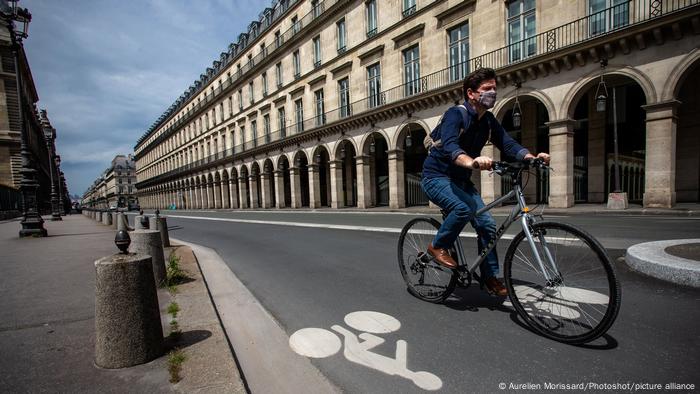
Researchers says giving cyclists more space would help cut down on noise
Traffic noise could also be reduced by expanding cycleways and reducing car lanes. Creating green zones in cities would promote quieter electric vehicles and improve air quality.
Disrupted natural rhythms
Migratory birds are no longer flying south in the winter, plants are blooming much earlier, and birds are building nests for their young earlier when there are not enough insects around to feed them.
Climate change is not just increasing global average temperatures, it's also disrupting life cycles established over thousands of years. These changes are affecting all kinds of habitats from mountain areas and coastal regions to forests and grasslands.
Animal and plant species cannot adapt at the speed at which the planet is warming, increasing the risk that entire ecosystems on land and in the ocean could collapse with unforeseen consequences for humanity.
To slow the pace of climate change, we must drastically and quickly cut emissions. But to deal with changes to life cycles, the researchers say it's essential to actively protect species, restore ecosystems and connect habitats by creating wildlife corridors. This is the only way to ensure that species' gene pools remain intact and that they have the chance to adapt to new conditions through natural selection.
Fighting fire with fire
Wildfires are a natural part of many environments but longer and more extreme heatwaves and droughts are prolonging fire seasons and increasing the probability of fires breaking out.
Fires destroyed huge swathes of forest from California and Siberia to Turkey and Australia last year. Those fires also released enormous amounts of pollutants such as soot, particulate matter and greenhouse gases, significantly worsening air quality in nearby cities. Wildfires can also cause water pollution, marine eutrophication and loss of biodiversity.
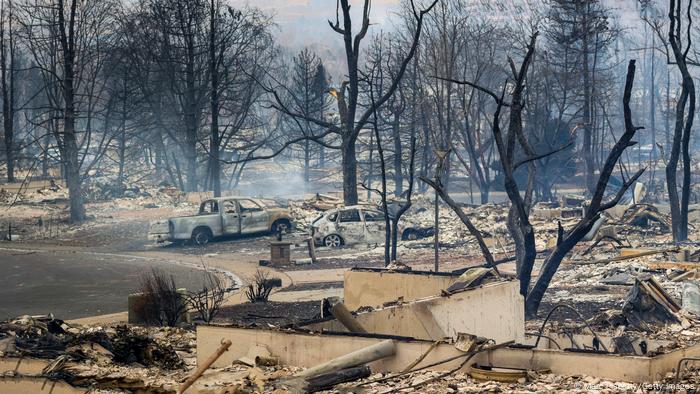
Fires related to climate change have become increasingly widespread across the globe
According to the authors of the UN report, some precautionary measures could help ameliorate wildfires and their consequences. Better cooperation between neighboring regions, satellite monitoring, lightning detection, improved early warning systems and firefighting capacity could all help.
Experts also recommend using traditional methods of fighting fire with fire. Controlled burning of forest or bush creates a barrier to an oncoming forest fire as it will use up all the available fuel. Fires can have benefits in certain ecosystems, as some flowers and plants only grow when their seeds are heated through burning.
This article was originally published in German



